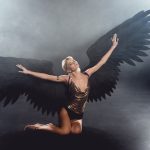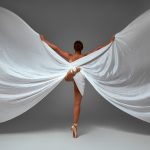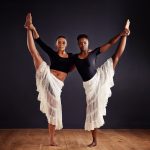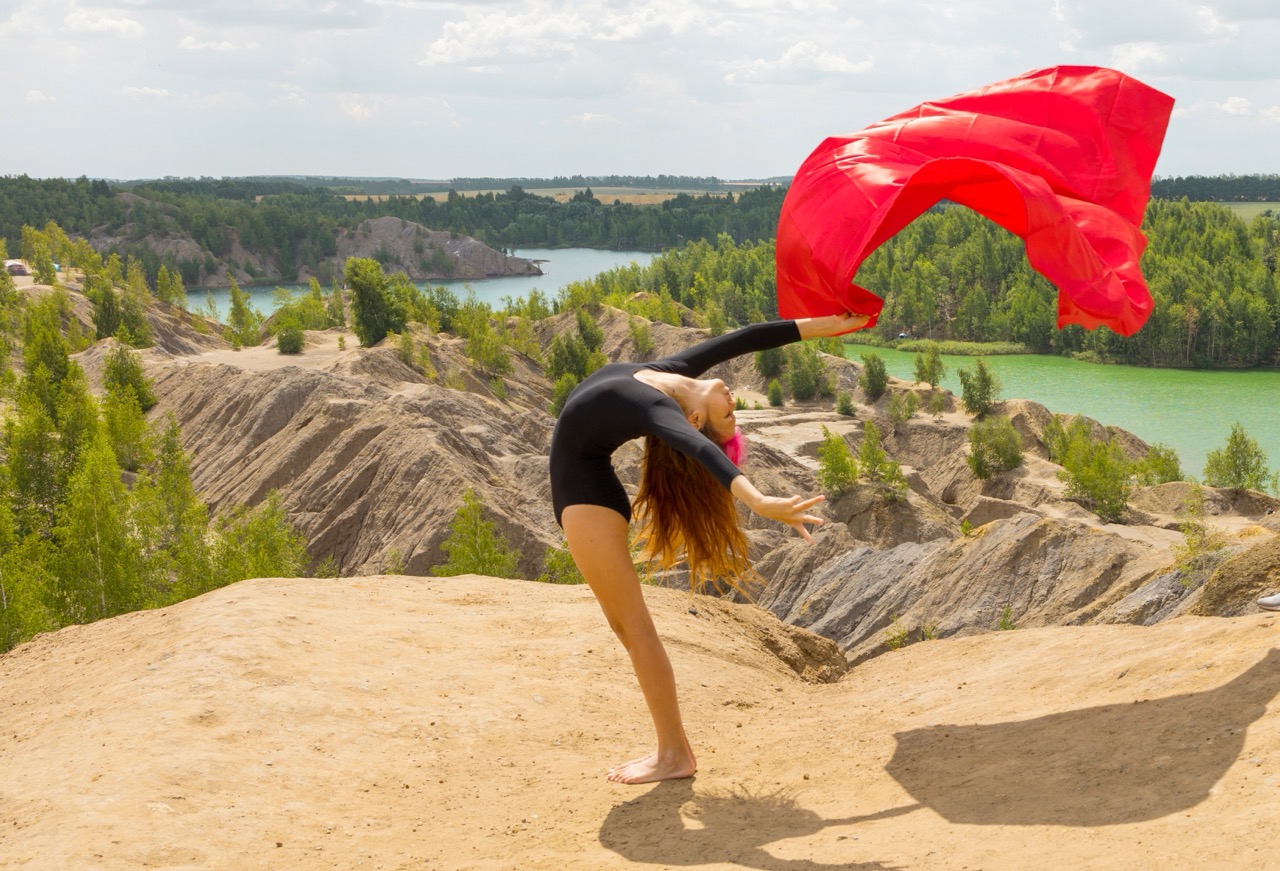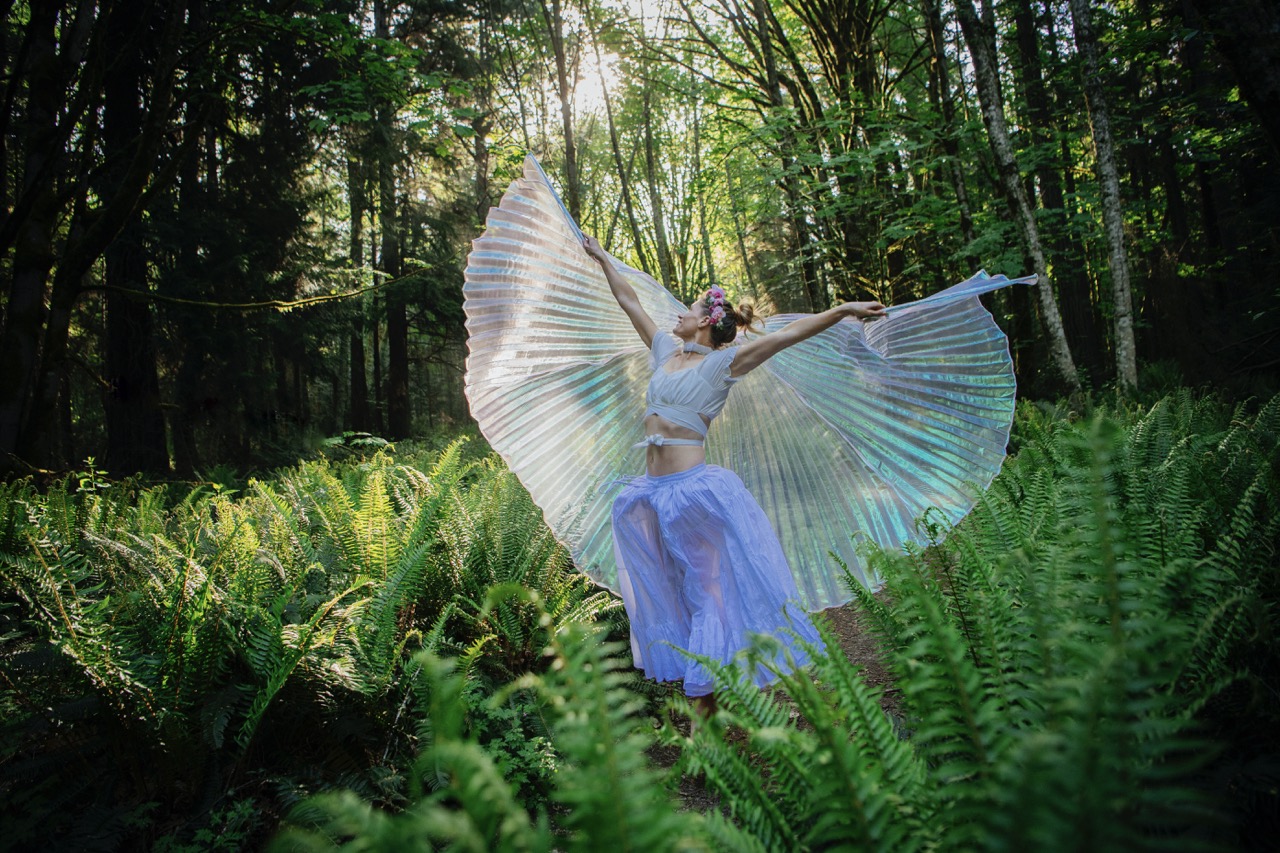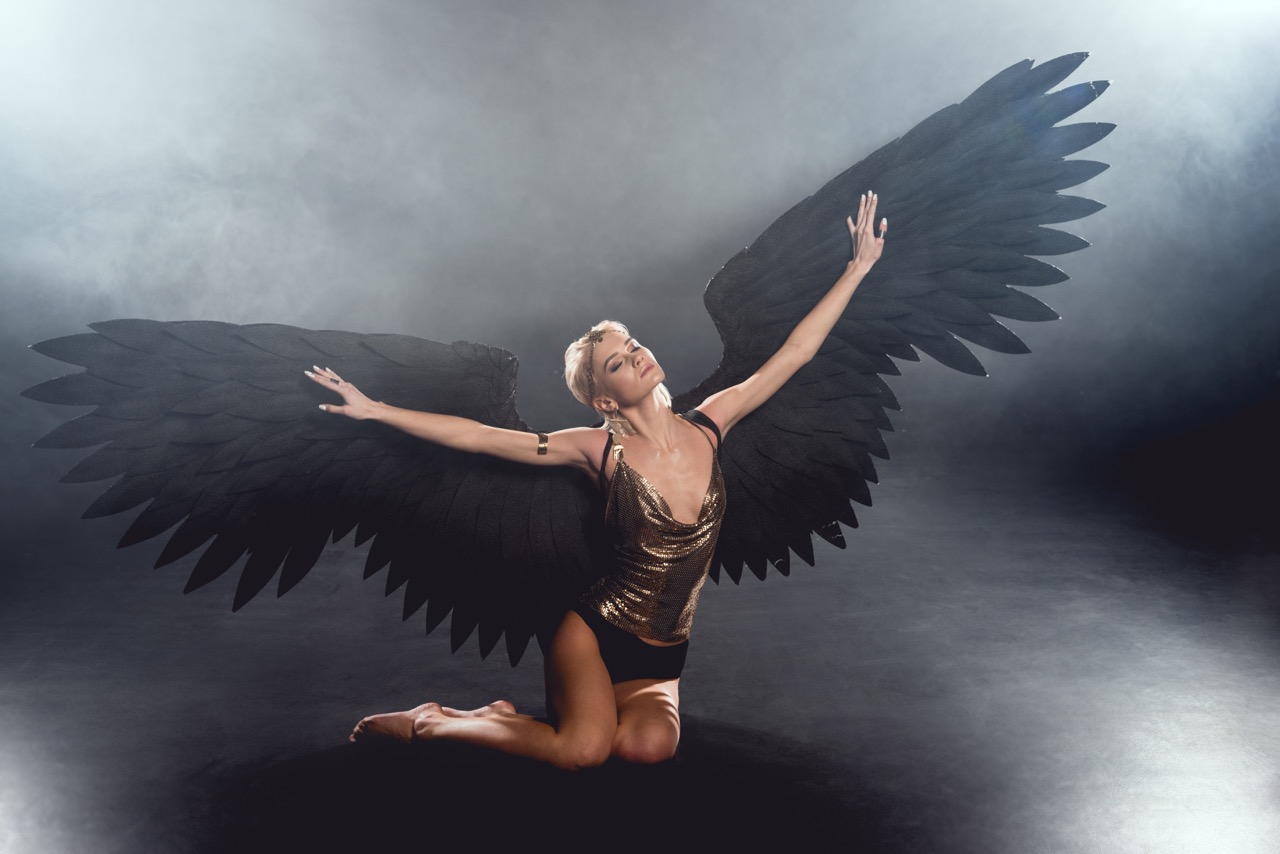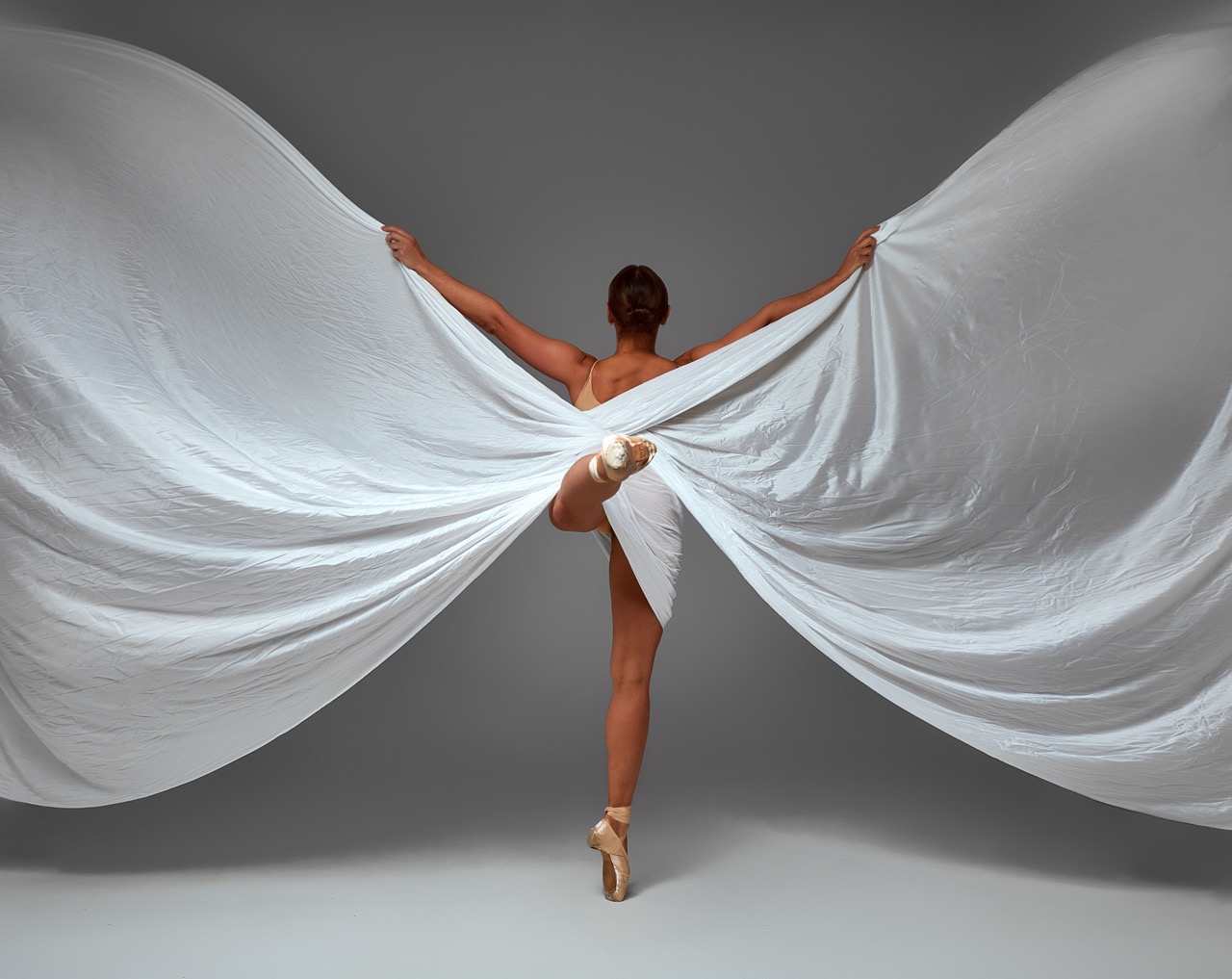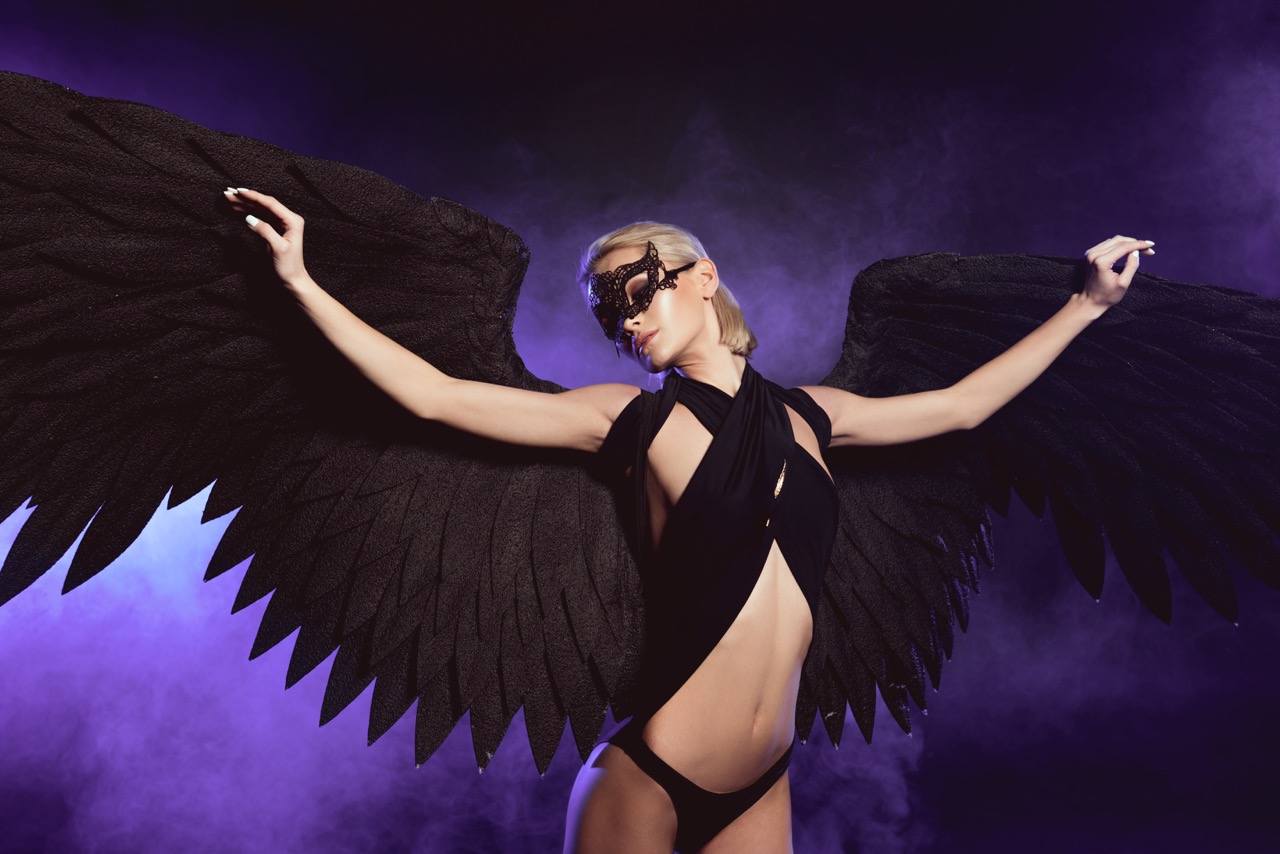In the world of dance, the act of expressing oneself can often feel like the soaring flight of a bird. Wings, whether they are physical costumes or metaphorical symbols, play a pivotal role in conveying messages of freedom and grace. Dancers, much like birds, seek to transcend their earthly bounds, utilizing every movement to articulate emotions, stories, and ideals. This article delves into the multifaceted relationship between wings and dance, exploring how this powerful imagery helps dancers manifest their artistry and connect with their audience on a deeper level.
The Metaphor of Wings: A Dance of Freedom and Grace
Wings have long served as a powerful metaphor in various art forms, representing the desire for freedom and the pursuit of elegance. In dance, this metaphor translates into movements that evoke the sensation of liberation, allowing dancers to escape the constraints of gravity and societal expectations. The fluidity and expansiveness of wing-like gestures not only amplify the visual appeal of a performance but also convey a narrative of transcendence. As dancers twirl and leap, their bodies mimic the effortless glide of avian creatures, inviting the audience to experience a sense of freedom.
Moreover, the symbolism of wings extends beyond physical movement; it encapsulates the broader human experience. Just as birds take to the skies, dancers often embody the struggle for individuality and self-expression. The act of donning wings, whether they are lavishly adorned costumes or simple fabric extensions, allows performers to momentarily escape their reality. This transformation into a creature of flight encourages dancers to embrace their innate grace and explore the uncharted territories of their creativity, breaking free from their limitations.
Through the lens of performance, wings serve as a reminder that grace is not merely about aesthetics but also about the emotional resonance of freedom. The ethereal quality of winged dance movements lifts the spirit, inviting the audience to partake in a journey that is at once personal and universal. In this way, the metaphor of wings becomes a conduit for expressing the duality of human experience: the desire to be grounded while yearning to soar.
Unveiling the Artistry: Wings in Movement and Expression
The physical manifestation of wings in dance can take many forms, from elaborate costumes to stylized movements that mimic flight. Choreographers often integrate wing-like elements into their routines to enhance the visual narrative and create a striking contrast with the dancer’s body. The interplay of lightness and weight, buoyancy and gravity, allows for a rich exploration of movement that captivates the audience. The slightest flick of a wrist or a grand leap can transform a dancer into a being of ethereal beauty, evoking images of angels or mythical creatures.
Moreover, the artistry of incorporating wings into dance lies in the intricacies of movement. Dancers must master the balance between control and abandon, embodying the essence of flight while remaining grounded in their technique. This delicate balance fosters an environment where the dancer’s individual style can flourish, as they infuse their personality into the choreography. The result is a performance that resonates with authenticity, drawing the audience into an intimate experience where they can feel the freedom of flight alongside the performer.
The creative exploration of wings in dance also prompts innovation in choreography. Dancers and choreographers experiment with various interpretations of wing movements, incorporating elements from different cultures and traditions. This cross-pollination of ideas enriches the dance vocabulary and allows performers to communicate diverse narratives. The versatility of winged expressions serves as a reminder that freedom and grace are not confined to a single form; they can be reimagined to tell countless stories across different contexts.
The Emotional Connection: Wings as Symbols of Liberation
Wings evoke powerful emotions that resonate deeply within both dancers and audiences alike. They symbolize liberation, offering a visual representation of the desire to break free from constraints and embrace one’s true self. In a world where individuals often face societal pressures and expectations, the imagery of wings serves as a poignant reminder of the spirit’s resilience. When dancers incorporate wing-like movements or costumes, they tap into a collective yearning for freedom, inviting spectators to reflect on their own experiences of liberation.
The emotional connection established by wings transcends the performance itself. Audiences often find themselves moved by the dancer’s portrayal of untethered emotion, which is reinforced by the symbolism of flight. As dancers glide across the stage, the wings become an extension of their bodies, amplifying feelings of joy, sorrow, or longing. This dynamic exchange creates an atmosphere charged with empathy, allowing viewers to connect on a visceral level and experience the profound impact of the dancer’s journey.
Furthermore, the use of wings in dance often evokes memories and dreams of liberation, drawing parallels between the performative act and personal aspirations. Whether it’s a child dreaming of soaring through the skies or an adult seeking escape from life’s burdens, the imagery of wings resonates on many levels. In this way, dancers become not only performers but also storytellers who channel the hopes and desires of their audience, weaving a rich tapestry of emotion and connection through every movement.
Crafting Stories: How Wings Elevate Dance Narratives
Incorporating wings into dance narratives allows for a deeper exploration of themes such as transformation, empowerment, and hope. Choreographers skillfully weave the symbolism of wings into their storytelling, enabling performers to embody the essence of their characters. For instance, a dancer portraying a mythical creature may use fluid, wing-like movements to reveal their otherworldly nature, while a contemporary piece may explore the struggle for self-acceptance through the imagery of flight. This narrative depth is heightened when wings are involved, creating a multi-dimensional experience for the audience.
Moreover, the physicality of wings can enhance the storytelling experience by providing visual cues that engage the audience’s imagination. Each movement becomes a brushstroke on the canvas of the performance, painting vivid imagery that transcends verbal communication. The fluttering of fabric, the sweeping arcs of arms, and the subtle gestures that mimic wingbeats all contribute to a narrative that speaks to the audience’s emotions. This visual language invites viewers to interpret the dance in personal and unique ways, forging a connection that lingers long after the performance has ended.
As stories unfold through the lens of winged movement, the concept of freedom becomes a central theme that resonates with audiences across cultures. The ability to express oneself without restraint, to rise above challenges, and to embrace one’s true identity is a universal aspiration. By weaving wings into their narratives, dancers not only elevate their art form but also inspire audiences to reflect on their own journeys of liberation. Through the transformative power of dance, wings become a vehicle for storytelling that transcends time and space, inviting all to partake in the shared experience of humanity.
In the realm of dance, wings serve as a profound symbol of freedom and grace, inviting both performers and audiences to explore the limitless possibilities of movement and expression. Through the metaphor of wings, dancers articulate the intricate nuances of their art, transforming their performances into powerful narratives of liberation. The emotional connections forged through wing-like movements not only resonate deeply with viewers but also create a sense of shared aspiration for freedom and self-discovery. Ultimately, the integration of wings into dance enriches the artistic landscape, empowering dancers to soar above limitations and inspire others to embrace their own journeys towards grace and liberation.

